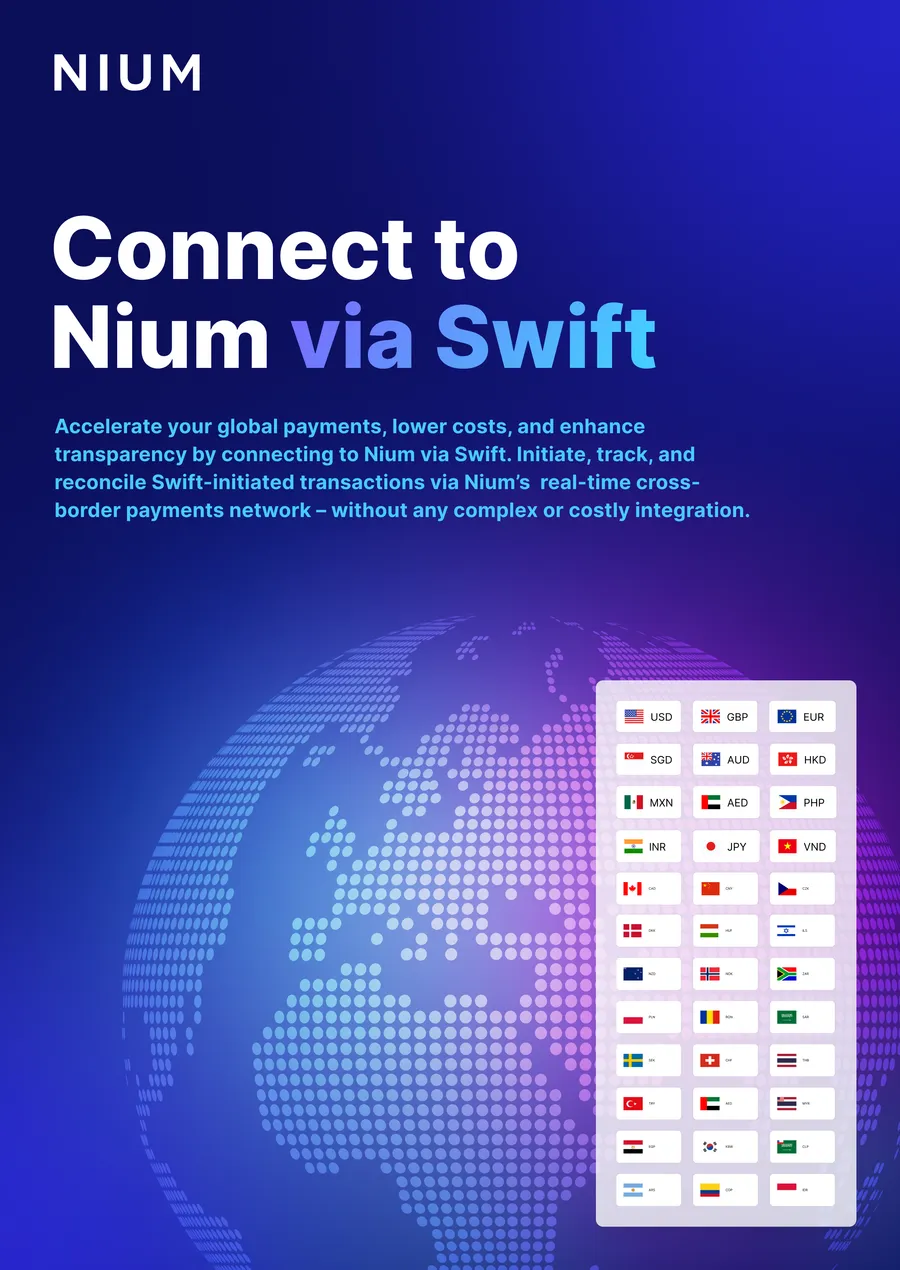Michael Bermingham, Chief Business Officer at Nium
In 1969, humans landed on the moon. A journey that is almost 400,000 kilometers requiring a marvel of coordination in space travel. But did you know that four years before this, Japan developed the world’s first real-time payments (RTP) system?
Fast-forward to 2025 and, despite the majority of countries now owning their own domestic RTP networks, it’s still slow and expensive to send money between countries that are sometimes separated by nothing but a small fence. How is that possible after over 50 years of technological innovation?
In that time, we’ve witnessed the advent of the internet, smartphones have become ubiquitous, mobile data went from 1G to 5G, and TVs became terrifyingly high definition. I mean, we built a large hadron collider so powerful people were concerned we would accidentally create a black hole.
But cross-border payments still take five days on average to arrive, while the global average cost of sending money overseas is 6.5% of the transaction value. Global cross-border payment volumes are anticipated to reach $200 trillion by 2027, according to EY. At this rate, that’s $13 trillion wasted on fees.
For the banks, financial institutions, and payment service providers facilitating many of these transactions, there can sometimes be a perception that delays, hidden costs, and uncertainty are just a necessary evil. But the scale of payments passing instantly through the world’s domestic RTP networks says otherwise. Brazil’s PIX and India’s UPI processed 42 billion and 84 billion payments last year respectively.
Despite this, a bizarre status quo has emerged where domestic payments take seconds and cross-border payments take days. Naturally, the transaction complexity and compliance requirements of business versus consumer payments has a role to play here. But whether it's Faster Payments in the UK or SEPA Instant across the eurozone, modern business customers expect cross-border payments to be as fast, affordable, and intuitive as their domestic payment experiences.
In a way, this is understandable. Most RTP systems were created in isolation and with the consumer in mind. But this has led to a bloated landscape of contrasting real-time payment networks for businesses to navigate, with each market bringing its own regulatory and compliance requirements. What’s more, each RTP network requires its own resource bandwidth and tech capabilities for businesses to integrate and maintain connections with, making access not only time consuming, but costly.
Banks, financial institutions, and payment service providers need to be connected with all of these systems to accelerate business growth beyond borders. As a result, many still rely on a patchwork of legacy infrastructure, time-consuming manual processes, and inefficient partners to enable cross-border payments, driving up costs and slowing down payment flows.
That’s not to say existing cross-border payment systems don’t have a place in today’s business landscape. These legacy networks will always have a role to play for large-scale, one-off international payments. But they are less suited to business demand for speed, transparency and cost-effectiveness when sending or receiving higher-volume, lower-value payments across borders on a daily basis. Different types of infrastructure exist for different purposes; progressive banks, financial institutions, and payment service providers need to recognise this distinction and be prepared to step outside of their comfort zone in order to meet all the payments needs of their customers.
By building a global cross-border payment network of real-time payment rails, local bank partnerships, and regulatory licences around the world, fintech companies like Nium are plugging that gap, enabling businesses to access 100 real-time payment corridors and 220 payout markets via a single API connection. Transaction costs can be reduced by up to 90% and new corridors, currencies, and markets are unlocked, enabling global scale at speed to accelerate customer growth.
NASA’s next mission to the moon is due to take place this year. Perhaps, by then, financial institutions will be breaking out of the status quo to embrace real-time cross-border payments technology. It’s surely a small step worth taking for a giant leap in opportunity.


.png@webp)
.png@webp)
.png@webp)








